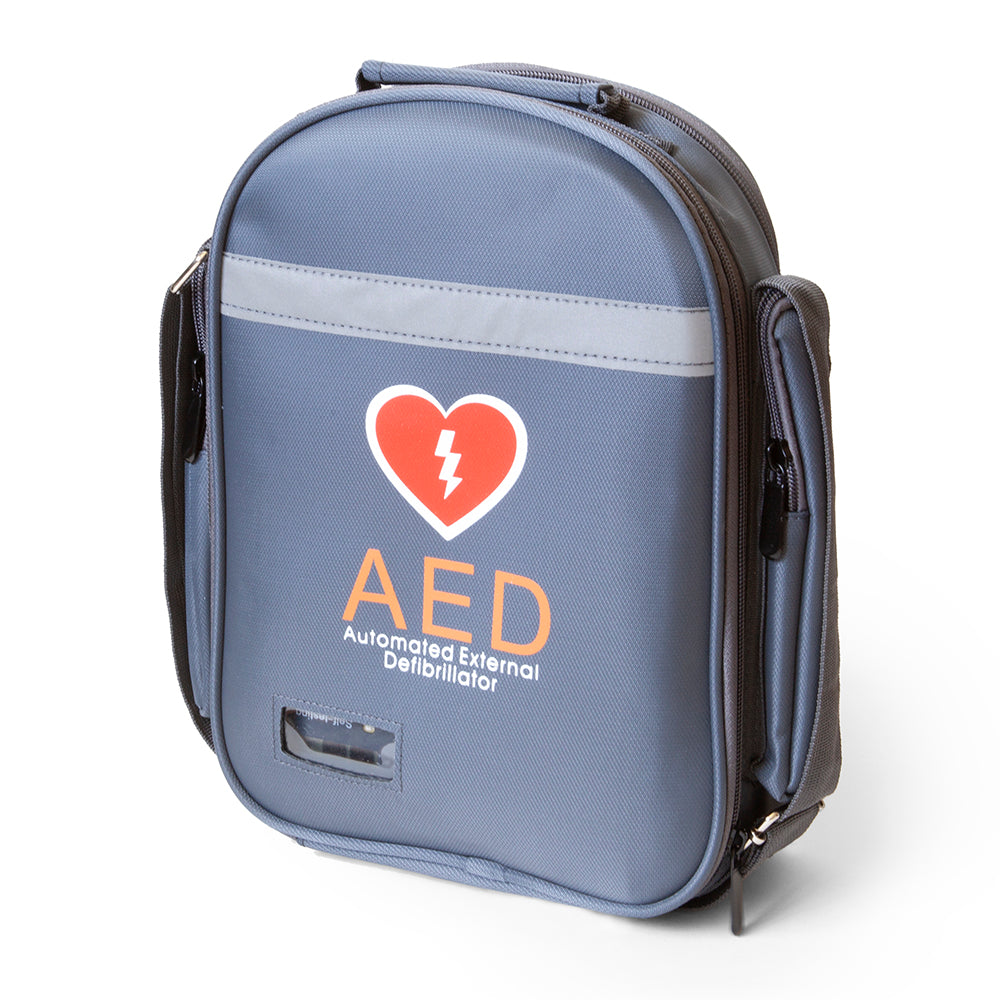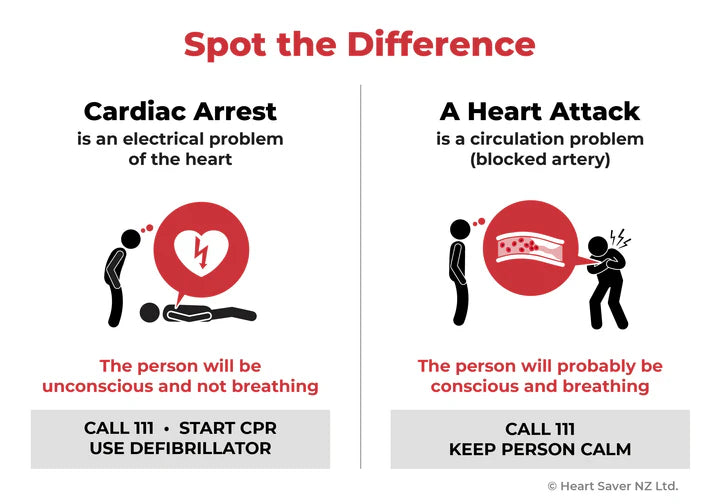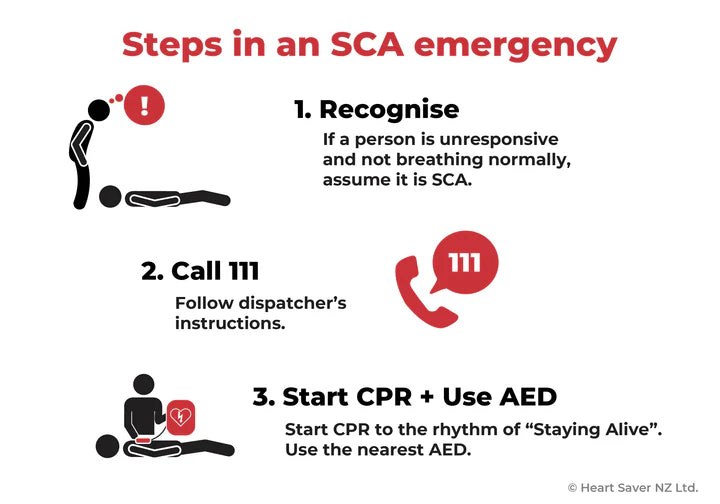In the past year, over 2,300 people were treated for an out-of-hospital cardiac arrest across Aotearoa — a 4.8% increase on the year before. The reality is sobering:
-
Only 6% of patients received defibrillation by a community responder before the ambulance arrived. That means far too many lives are still being lost simply because an AED wasn’t close enough when it was needed.
-
Community defibrillation doubled survival odds, yet many communities, especially rural and remote ones, still lack easy access to AEDs.
Behind those numbers are real lives. Sudden cardiac arrest doesn’t discriminate. It doesn’t just happen to the elderly or people with existing health issues — it can strike anyone, at any age, and at any time, including children and those who appear fit and healthy.
We continue to hear remarkable stories of survival, where an AED made all the difference. The examples below are just a handful of the lives saved with Heart Saver defibrillators in the past year. In many of these cases, the rescuer wasn’t a medical professional but an everyday person — a friend, neighbour, colleague, or even a stranger passing by.
Every AED placed in a workplace, school, sports club, or community hub increases the chances that the next story will be one of survival.


